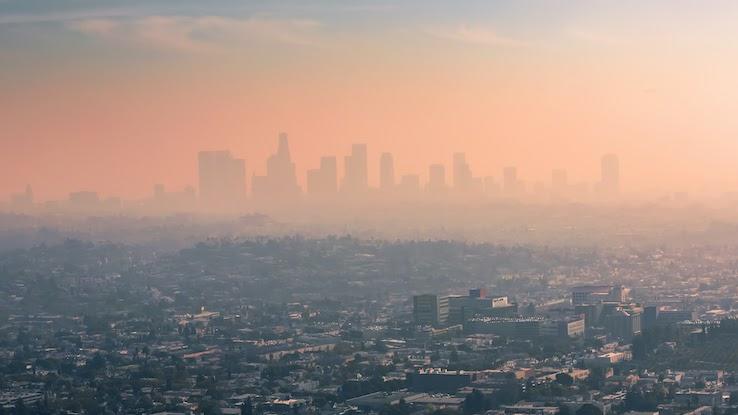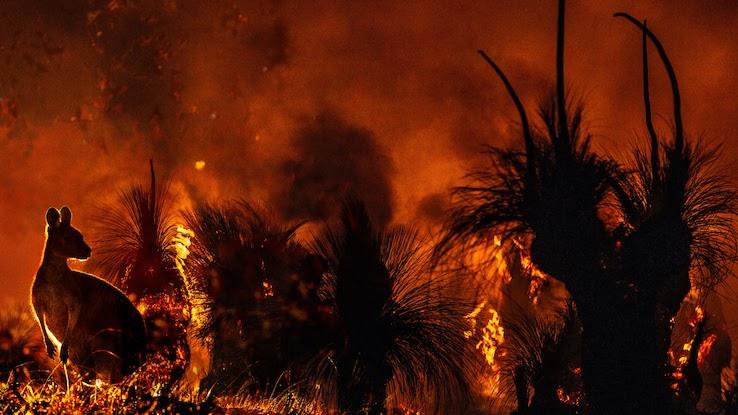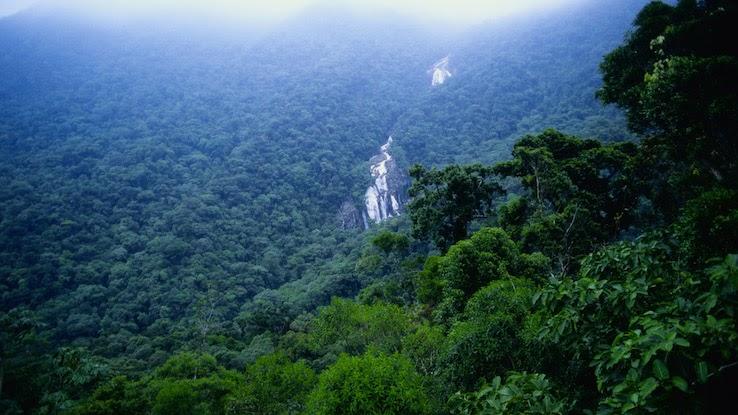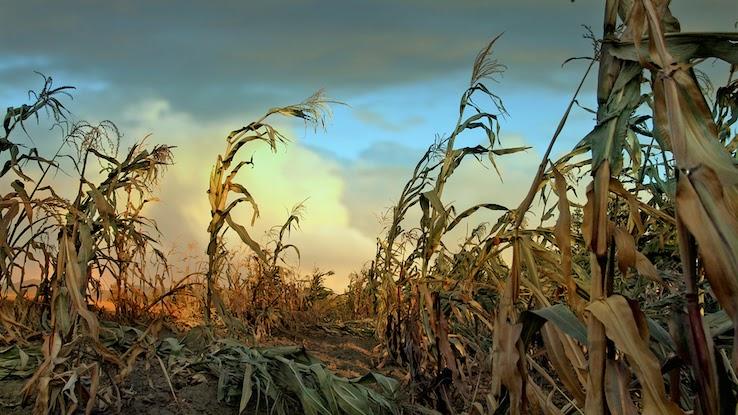What Is a Global Environment? Global Environmental Issues & Its Factors

What does the term global environment mean? The global environment refers to the environmental factors that impact the entire planet. This might leave you wondering about the components of global environment. Well, in other words, the global environment is the sum total of all local, regional, and national environments in the world. With this in mind, global environmental factors and issues are those that a single community or nation cannot control or contain, such as natural disasters, air quality, water quality, soil quality, and climate change.
The leading international environmental organization is the United Nations Environment Programme (UNEP), which has worked within the United Nations (UN) system since 1972. UNEP determines the global environment agenda by closely tracking the world’s environmental happenings, all while providing authoritative advocacy for the global environment to make sure Earth remains habitable for humans. By aiming to clean the environment, UNEP serves all 193 nations in the UN, all of which make up our global environment. Here, we’ll take a more in-depth look at everything from global air quality and the effects of water pollution on environment to strategy in the global environment practices that can be undertaken to mitigate some of the issues our world faces.
Global Environmental Factors & Issues
Global environmental factors have broad effects on regions across the globe. While some issues may seem to only impact a specific region, the reality is that they have far-reaching effects that play a role in the global environment at large. The issues may have separate origins, but they can — and often do — compound, augmenting other environmental issues or natural disasters.

For instance, think about the local particulate pollution in Los Angeles, California. Particular pollution generally does not impact anyone living in the metropolitan area. However, factories that cause particulate pollution also produce carbon dioxide, which, as a greenhouse gas, is linked to global warming. The top four global environmental issues include natural disasters, air quality, water quality, and soil quality, all of which we’ll explore in depth here.
Natural Environment & Natural Disasters
Natural disasters encompass hurricanes, earthquakes, tornados, tsunamis, wildfires, volcanoes, landslides, mudslides, and extreme heat or cold. Aside from the immediate fatalities and local impact associated with natural disasters, they often have detrimental long-term effects on the environment and human health as well.

In 2019, the international disasters database EM-DAT recorded 396 natural disasters that killed 11,755 people — though these disasters went on to impact a staggering 95 million people. Not to mention, they also accounted for $103 billion in global economic losses.
For example, the wildfires in Australia killed at least 30 people and about one billion animals, all while ravaging 18 million hectares of land. While the intense air pollution in the surrounding areas is a major concern for those living there, the global impact of fires this large is also concerning in the long-term.
Typically, Australian forests reabsorb all of the carbon released into the atmosphere from their seasonal bushfires, making their emissions net zero. However, the particularly intense wildfires that occurred during 2019 and 2020 increased Australia’s annual greenhouse gas emissions, which contributes to global warming. The warmer the planet gets, the more likely future wildfires will burn out of control in subsequent years. As you can see, this will create a climate feedback loop that will release more and more emissions each year, compounding the warming of the planet even further. All of this to say, the fires’ impact reaches well beyond Australia’s borders.
Moreover, the 2005 Atlantic hurricane season included a record-breaking 28 storms. Seven of these storms, one of which was Hurricane Katrina, were considered major hurricanes. In addition to taking lives and destroying homes, Katrina made an intense economic impact, making it the most expensive tropical cyclone ever. That is, Katrina’s impact on global supply chains disrupted the economy: when global supply chains, which include the food supply chain, are interrupted, people who depend on those supplies to live are put in jeopardy.
Air Quality & the Global Environment
So, what does air quality mean and how does it figure into our planet’s health? To start, air quality depends on keeping air pollution in check in local environments around the world. The two countries with the highest carbon dioxide emissions in the world, China and the United States, account for nearly 45 percent of the total global emissions. Local air quality issues are the immediate effects, but air quality issues can also reach other countries and lower their quality of life as well. For example, Asia’s greenhouse gas emissions influence global weather patterns: winter cyclones in the Pacific Northwest increased because of that pollution as did rainfall, which increased by seven percent.

What’s more, the effects of air quality on the environment are long-term and global. Carbon dioxide emissions are a primary cause of global warming: when this gas is released, it ends up trapping heat in the atmosphere. One consequence of this is extreme weather, such as an increase in natural disasters like hurricanes and wildfires — events that can then lead to global supply chain disruptions and leave communities around the world without food.
Experts say the devastating 2019 fires in the Amazon, which destroyed one million hectares of the rainforest, were mostly set intentionally as a part of a deforestation effort. These fires left the air quality of places like São Paulo, Brazil in a horrible state. However, the air quality and overall health of the planet depend on the Amazon: the billions of trees in the Amazon produce 20 percent of the oxygen on earth — and they help to mitigate global warming by absorbing tons of carbon dioxide.
Water Quality & the Global Environment
Next up: what is contaminated water — and why is water quality important? It should come as no surprise that access to clean water is a necessary part of life. Every year, access to clean water decreases because of a combination of population growth, contamination, and a changing climate. Contamination has immediate and long-term effects on the environment and, thus, humans. Climate change also directly and indirectly impacts the natural global water cycles.

So, how, exactly, does water pollution affect the environment? Excessive water contamination can disrupt the food chain. When oceans, lakes, and rivers are contaminated, marine life suffers, which, in turn, reduces the amount of food available to animals (including humans). If water pollution doesn’t kill marine life, the smaller marine animals absorb the pollutants, and, in turn, the bigger creatures who eat them face contamination later on. And then birds — or humans — eat those contaminated fish.
Water pollution also kills humans directly. In fact, in 2015 almost two million people died from water pollution. For example, in Flint, Michigan, lead and other contaminants have plagued the water supply since 2014. Moreover, impoverished countries — often those most directly impacted by Western colonialism and imperialism — are also disproportionately affected by the global water crisis. In sub-Saharan Africa, upwards of 320 million people do not have access to clean drinking water.
Soil Quality & the Global Environment
Finally, soil quality and global food security go hand-in-hand, namely because humans get 98.8 percent of our food from the soil. An ever-increasing population puts even more pressure on the soil — and yet this increase in agriculture depletes the soil of the nutrients it needs to produce that food. For example, greenhouse gases lead to the loss of organic matter and contamination from over fertilization, which often stunts growth and leaves plants vulnerable to pests, and ground pollution, which includes phenomena like erosion, acidification, and more.

Moreover, desertification, or a decline in the amount of soil moisture, has negatively impacted soil quality in recent years. For instance, desertification has notably affected thirteen EU Member States. Desertification leads to smaller food yields and, as a result, continuously decreasing yields can drastically endanger global food security. But it’s not just EU members experiencing this issue: as the planet heats up and the climate changes, places the world relies on for agriculture are becoming less and less suitable for growing food.
All of this to say, natural disasters, air quality, water quality, and soil quality are all factors that impact the health of the global environment. For life as we know it to continue, we have to keep the air, water, and soil clean. Otherwise, the climate will continue to change, potentially making Earth uninhabitable for humans.





